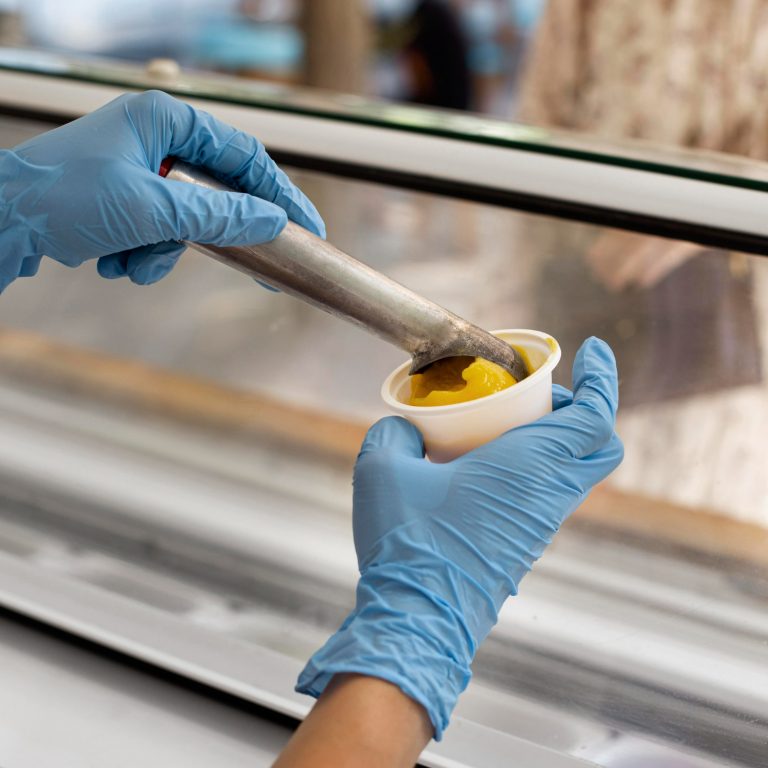
I still remember my first major construction project back in 2003. We were renovating a beachfront property in Dubai, and I watched in horror as water began seeping through poorly sealed windows during an unexpected rainstorm. That disaster taught me a lesson I’ve never forgotten: never underestimate the importance of a quality sealant.
After two decades in construction and countless projects later, I’ve developed something of an obsession with silicon sealants. My colleagues joke that I can talk about them for hours (and honestly, they’re not wrong). So grab a coffee and let me share what I’ve learned about these miraculous substances that quietly hold our built environment together.
What Are Silicon Sealants Really?
At their most basic, silicon sealants are flexible, sticky substances that create watertight and airtight barriers between surfaces. But that simple description doesn’t do justice to their complexity or importance.
Think of them as the unsung heroes of construction – they’re rarely noticed when they’re doing their job properly, but everyone sure notices when they fail! They’re made from silicone polymers (silicon plus oxygen, essentially) with various additives that give them their specific properties.
I’ve used silicon sealants that remain flexible for decades, others that can withstand blowtorch-level heat, and some that cure underwater. The versatility is honestly mind-boggling.
Why I've Become a Silicon Sealant Evangelist
Over my years in the industry, I’ve come to appreciate silicon sealants for some very specific reasons:
Why I've Become a Silicon Sealant Evangelist
I revisited a hotel project from 2007 last year and was amazed to find the original silicon sealants around the pool area still perfectly intact – despite 15 years of chlorine exposure, blistering heat, and thousands of splashing tourists. Try finding another building material that holds up that well in those conditions!
What makes silicon sealants so durable is their resistance to:
- UV radiation (they don't break down in sunlight like many other materials)
- Extreme temperatures (from freezing cold to blazing heat)
- Moisture and chemicals
- Mold and mildew
They Move With Your Building
Here’s something many people don’t realize: buildings move. They expand and contract with temperature changes, they settle over time, and in some places, they even need to flex during seismic activity.
Traditional rigid sealants crack under these conditions, but quality silicon stays flexible for decades. I’ve seen silicon sealants stretch to 50% beyond their original size and still bounce back – try doing that with traditional cement-based products!
On a high-rise project in 2015, we specifically chose a high-grade silicon sealant for the curtain wall because computer models showed the building would shift several centimeters in high winds. Seven years and numerous storms later, not a single leak has been reported.
They're Incredibly Versatile
I’ve used silicon sealants to:
- Create completely transparent structural bonds between massive glass panels
- Seal underwater pool lights (yes, it can cure underwater!)
- Repair historic stone facades where traditional mortar would be too rigid
- Protect sensitive electronics in outdoor installations
- Create flexible joints in buildings across earthquake zones
Show me another product with that range of applications!
Real-World Applications I've Seen
Glass Buildings That Actually Don't Leak
Remember when glass skyscrapers were notorious for leaks and poor energy efficiency? Silicon sealants changed that completely. The structural glazing techniques that give us those sleek, all-glass facades we see in modern cities would be impossible without silicon.
I worked on a commercial tower in 2011 where the entire exterior was glass panels held in place primarily with silicon structural sealant. The engineer told me each properly applied silicon joint was stronger than the glass itself. That building has survived numerous sandstorms and extreme temperature fluctuations without issues.
Bathrooms That Stay Waterproof
Before high-quality silicon sealants became widely available, bathroom waterproofing was a constant headache. I’ve renovated 1980s bathrooms where water had seeped through old, cracked sealants and caused tens of thousands in structural damage.
Modern bathroom renovations are transformed by silicon technology. The seamless joints we can create between fixtures, tiles, and different materials stay flexible and waterproof for years, even with daily exposure to water, cleaning chemicals, and temperature changes.
Vehicles That Last Longer
I’m not in the automotive industry, but my brother owns a restoration garage, and he’s taught me how crucial silicon sealants are in modern vehicles.
The windshield in your car isn’t just held in by those black rubber gaskets – it’s actually bonded to the frame with specialized silicon sealants that are incredibly strong while remaining somewhat flexible. This adds to the structural integrity of the vehicle while preventing water intrusion.
How to Choose the Right Silicon Sealant
After seeing countless project issues stemming from using the wrong sealant, I’ve developed a simple checklist:
Understand your temperature requirements
For outdoor applications in hot climates like the UAE, you need sealants rated for at least 150°C. I learned this lesson the hard way on an early project where we used an indoor-rated product on an exterior metal feature – it quite literally melted during the first summer.
Consider the movement requirements
Will the joint need to expand and contract? How much? Some specialty silicon sealants can handle 100%+ movement, while others are designed for more stable applications.
Know your materials
Not all silicon sealants stick to all surfaces! I once specified a standard silicon for a natural stone application, only to discover it caused staining. Always check compatibility, particularly with porous materials.
Think about curing time
Some projects can accommodate the 24+ hours needed for full curing, but others require rapid-set formulations. Just be aware that there’s usually a trade-off between cure speed and other properties.
Consider appearance requirements
Modern silicon sealants come in countless colors and finishes. For visible applications, sample several options in the actual installation environment before making a final decision.
Environmental Benefits I've Witnessed
One aspect of silicon sealants that doesn’t get enough attention is their environmental impact – which is generally positive:
Energy Efficiency Improvements
On a hotel renovation project in 2018, we resealed all exterior windows with a high-performance silicon product. The building’s energy consumption dropped by nearly 12% the following summer simply because the improved seals prevented cold air from escaping.
When multiplied across thousands of buildings, quality sealing represents a significant energy conservation opportunity.
Extending Building Lifespans
The longer our buildings last, the fewer resources we need to replace them. Silicon sealants dramatically extend the functional lifespan of structures by preventing water ingress – the number one cause of premature building deterioration.
I’ve worked on renovation projects where simple sealant failures had caused damage requiring millions in repairs. Proper sealing from the beginning would have prevented it all.
Finding Quality Silicon Sealants in the UAE
After trying dozens of brands over the years, I’ve found that quality varies enormously. My team now sources most of our silicon sealants from Al Noor Middle East (https://alnoormiddleeast.com/), whose products consistently meet or exceed our performance requirements.
What I appreciate about their range is the technical support that comes with it. Construction-grade silicon isn’t a one-size-fits-all product, and having suppliers who understand the technical requirements of different applications has saved us from costly mistakes.
Their website (https://alnoormiddleeast.com/) has a surprisingly helpful selection guide that I’ve directed many colleagues to when they’re unsure about which specific formulation they need.
Final Thoughts From a Silicon Sealant Enthusiast
I realize I’ve probably spent more time thinking about silicon sealants than most normal people would consider reasonable. But in my defense, these incredible products have solved countless problems throughout my construction career.
Whether you’re a DIY enthusiast tackling a bathroom renovation or an architect designing a skyscraper, understanding the capabilities and correct application of silicon sealants is invaluable knowledge.
And next time you’re admiring a sleek glass building, taking a shower in a leak-free bathroom, or driving through a rainstorm without getting wet, spare a thought for the humble silicon sealant making it all possible.



